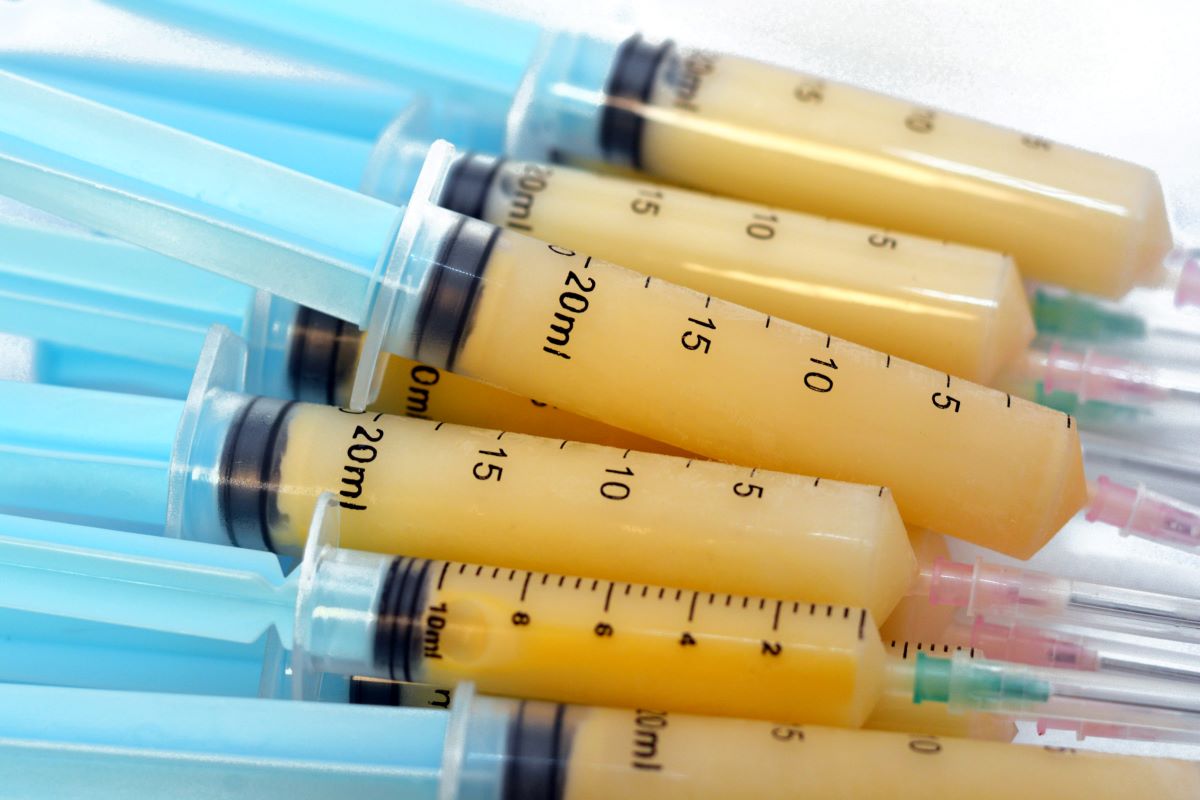

Articles
How To Store Expressed Colostrum
Modified: March 19, 2024
Discover the best way to store expressed colostrum with our informative articles. Keep your baby's first milk safe and nutritious.
(Many of the links in this article redirect to a specific reviewed product. Your purchase of these products through affiliate links helps to generate commission for Storables.com, at no extra cost. Learn more)
Introduction
Welcome to our comprehensive guide on how to store expressed colostrum. Colostrum is the highly nutritious, concentrated milk produced by mammals in the initial days after giving birth. It contains a wealth of essential nutrients, antibodies, and immune-boosting properties that are vital for the health and development of newborns. However, there may be situations when you need to express and store colostrum, such as when the mother is unable to breastfeed immediately or if you want to have a supply on hand for emergencies.
Expressing colostrum and storing it properly is crucial to maintain its quality and ensure its safety for future use. In this guide, we will walk you through the steps to safely collect, store, and use expressed colostrum. We will also provide valuable tips and best practices to help you make the most of this precious resource.
Before we delve into the specifics of storing expressed colostrum, it’s important to understand the significance of this nutrient-rich substance. Colostrum acts as the first “milk” that a newborn receives, providing them with crucial antibodies and nutrients to build their immune system, fight off infections, and promote healthy growth. It is particularly important for babies born prematurely or with low birth weight, as it offers protection and helps them catch up on their development.
By expressing and storing colostrum, you can ensure that babies receive the vital nutrients and benefits that it offers, even if they are unable to breastfeed directly. Storing expressed colostrum is also beneficial for mothers as it allows them to have a backup supply if they are temporarily unable to breastfeed, experience discomfort, or need to be away from their babies for a period of time.
Now that we understand the importance of storing expressed colostrum, let’s move on to the practical steps involved in collecting and storing this precious liquid.
Key Takeaways:
- Properly storing expressed colostrum is crucial for emergencies, premature babies, milk supply support, and overall convenience, ensuring that babies receive essential nutrients and antibodies even when direct breastfeeding isn’t possible.
- Following hygiene, labeling, and storage guidelines, along with safe thawing practices, is essential for maintaining the quality, safety, and nutritional value of expressed colostrum, providing peace of mind for mothers and optimal benefits for babies.
Read more: How To Store Colostrum Milk
Importance of Storing Expressed Colostrum
The importance of properly storing expressed colostrum cannot be overstated. By storing colostrum correctly, you preserve its nutritional value and ensure that it remains safe for consumption. Here are a few key reasons why storing expressed colostrum is important:
- Emergency Situations: Storing colostrum allows you to have a ready supply in case of emergencies. Whether it’s due to a medical condition, temporary separation from your baby, or other unforeseen circumstances, having stored colostrum ensures that your baby doesn’t miss out on its vital benefits.
- Premature or Ill Babies: Premature babies, as well as infants who have certain health conditions, may struggle with breastfeeding directly. Storing expressed colostrum allows these babies to receive the essential nutrients and antibodies their delicate systems require for a healthy start.
- Supporting Milk Supply: Storing colostrum can help support your milk supply in situations where breastfeeding isn’t immediately possible or when supplementation is needed. You can use stored colostrum to bridge the gap until you and your baby establish a breastfeeding routine.
- Comfort and Convenience: Storing colostrum provides breastfeeding mothers with flexibility and peace of mind. If you need to be away from your baby for a period of time or if you’re experiencing discomfort, having stored colostrum ensures that your baby still receives the many benefits of breast milk.
It’s important to note that colostrum is not only beneficial for newborns. It can also provide immune support and other health benefits for people of all ages. By properly storing expressed colostrum, you can preserve its valuable properties for future use.
Now that we’ve established the importance of storing expressed colostrum, let’s dive into the practical steps you need to follow to express and collect colostrum properly.
Preparing to Express Colostrum
Before you begin expressing colostrum, it’s important to ensure that you’re well-prepared and in a comfortable environment. Here are some steps to help you prepare for the expression process:
- Wash Your Hands: Start by washing your hands thoroughly with soap and water. This helps prevent the introduction of any bacteria or contaminants that could affect the safety and quality of the expressed colostrum.
- Find a Quiet and Calm Environment: Choose a quiet and calm environment where you feel relaxed. Minimizing distractions and finding a peaceful space can enhance your comfort and encourage let-down.
- Gather Your Supplies: Collect all the necessary supplies before you begin. This includes a clean breast pump, sterilized collection containers or bags, sterile syringes (if needed), and labels for proper labeling and dating of the expressed colostrum.
- Ensure Proper Breast Pump Assembly: If you’re using a breast pump, make sure it is properly assembled and in good working condition. Follow the manufacturer’s instructions for assembling and cleaning your specific pump model.
- Relaxation Techniques: Relaxation techniques, such as deep breathing or gentle massage, can help stimulate milk flow. Take a few moments to relax before you begin the expression process.
- Consult with a Lactation Consultant: If you’re unsure about the proper techniques for expressing colostrum or if you have any concerns, it’s always beneficial to consult with a lactation consultant or healthcare provider. They can provide guidance and support to ensure successful expression.
Remember, everyone’s expression experience may vary, so it’s important to find what works best for you. Whether you’re using a breast pump or hand expressing, maintaining a calm and relaxed state can help facilitate the milk let-down reflex and make the expression process more comfortable.
Now that you’re prepared to express colostrum, let’s move on to the next step: collecting the expressed colostrum.
Collecting Expressed Colostrum
Collecting expressed colostrum is a straightforward process, but it’s important to ensure proper hygiene and handling to maintain its quality. Here are the steps to follow when collecting expressed colostrum:
- Start with Hand Expression: If your baby hasn’t latched yet or you prefer to hand express, start by stimulating your breasts using gentle massage or warm compresses. Place your thumb and fingers in a “C” shape around your breast, away from the areola. Gently squeeze and release, allowing the colostrum to flow into a sterile container or syringe. Rotate around the breast to express from all areas.
- Using a Breast Pump: If you’re using a breast pump, ensure that it is clean and properly assembled according to the instructions provided by the manufacturer. Position the breast pump flange over your nipple and areola, creating a seal. Start with low suction and gradually increase until you find a comfortable level. Pump for about 15-20 minutes or until milk flow slows down.
- Collecting in Sterile Containers: Use sterile containers specifically designed for storing breast milk. These can be bottles, storage bags, or sterile syringes. Make sure the containers are cleaned and sterilized before use, following the manufacturer’s instructions. Avoid using regular storage containers or bags that may not be designed for storing breast milk.
- Avoid Contamination: Take care to avoid contamination during the collection process. Ensure that the containers and your hands are clean. If using storage bags, express the colostrum into a sterile container first, and then transfer it to the storage bag. Leave some space at the top of the container or bag to allow for expansion during freezing.
- Label and Date: Once the colostrum is collected, label each container or bag with the date and time of collection. This helps ensure proper rotation and use of the stored colostrum.
- Repeat the Process: For optimal milk production and to fully empty your breasts, it’s recommended to express colostrum several times a day. Aim for at least 8-12 sessions every 24 hours, or as advised by a healthcare professional.
Remember to handle the expressed colostrum carefully and promptly refrigerate or freeze it to maintain its quality. In the next sections, we will discuss the appropriate storage techniques for colostrum in both the refrigerator and freezer.
Now that you’ve successfully collected your expressed colostrum, it’s time to move on to the next step: choosing the right storage containers.
Choosing the Right Storage Containers
Choosing the right storage containers is essential for maintaining the quality and safety of expressed colostrum. Here are some factors to consider when selecting storage containers:
- BPA-Free: Look for storage containers that are labeled as BPA (bisphenol A) free. BPA is a chemical commonly found in plastics that can potentially leach into the colostrum, compromising its quality and safety.
- Food-Grade Material: Ensure that the storage containers are made from food-grade material. This means they are specifically designed for storing breast milk and are free from any harmful substances that could contaminate the colostrum.
- Airtight Seal: Opt for containers with a secure, airtight seal to prevent leaks and maintain the freshness of the colostrum. This is particularly important when storing colostrum in the freezer to avoid freezer burn and protect against contamination.
- Measuring Markings: Consider containers that have measurement markings to accurately assess the quantity of expressed colostrum. This can be helpful for tracking your baby’s intake and ensuring proper portion sizes when using the stored colostrum.
- Easy to Clean: Choose storage containers that are easy to clean and sterilize. Look for options that are dishwasher-safe or have wide openings that allow for thorough cleaning to maintain proper hygiene.
- Storage Bag Compatibility: If you plan to use storage bags, ensure that the containers are designed to hold and support the bags. Look for containers with a wide base and stable design to prevent the bags from tipping over or leaking.
It’s important to note that some healthcare facilities or lactation consultants may provide sterile storage containers specifically for storing expressed colostrum. If you’re unsure, consult with your healthcare provider or lactation consultant for recommendations.
Now that you’ve chosen the right storage containers, it’s time to properly label and date your expressed colostrum. We’ll cover this important step in the next section.
Read more: How To Store Colostrum In Syringe
Proper Labeling and Dating
Properly labeling and dating expressed colostrum containers is crucial for maintaining organization, ensuring proper rotation, and keeping track of the freshness of the stored colostrum. Here are some guidelines for effective labeling and dating:
- Use Waterproof Labels: Choose labels that are waterproof and won’t smudge or fade when in contact with moisture. This helps ensure that the information remains visible and readable throughout the storage period.
- Include Date and Time: Clearly write the date and time of expression on each container. This information helps you keep track of the freshness of the colostrum and ensures that the oldest milk is used first.
- Use a Permanent Marker: Use a permanent marker to label the containers. Regular pens or markers may fade, making it difficult to read the information over time.
- Include Baby’s Name, if applicable: If you’re storing colostrum for multiple babies or if you plan to donate it, consider labeling the containers with the name of the baby to avoid any mix-ups or confusion.
- Record Pumping Duration, if desired: Optionally, you can also note the duration of each pumping session on the container. This information can be useful for tracking your pumping patterns and ensuring you’re achieving adequate stimulation.
- Remove Old Labels and Rewrite: If you’re reusing containers, make sure to remove any old labels and rewrite the updated information. This helps prevent confusion and ensures that you’re using the most accurate labeling.
Proper labeling and dating of expressed colostrum containers not only helps you keep track of the freshness but also ensures that you’re following the proper rotation method. By using the oldest milk first, you can best utilize the stored colostrum and maintain a steady supply for your baby.
Now that you have labeled and dated your expressed colostrum containers, let’s explore the best practices for storing expressed colostrum in the refrigerator.
Store expressed colostrum in a clean, sterile container with a tight-fitting lid. Label with the date and time of expression. It can be stored in the refrigerator for up to 48 hours or in the freezer for up to 6 months. Thaw slowly in the refrigerator or under warm running water.
Storing Expressed Colostrum in the Refrigerator
The refrigerator is a suitable option for short-term storage of expressed colostrum. Proper storage in the refrigerator helps maintain the quality and safety of the colostrum. Here are the steps to follow when storing expressed colostrum in the refrigerator:
- Transfer the Expressed Colostrum: Once you’ve collected the expressed colostrum in the storage containers, transfer it to the refrigerator as soon as possible. Avoid keeping it at room temperature for an extended period.
- Place the Containers on a Flat Surface: Arrange the containers on a flat surface in the refrigerator, ensuring that they won’t be disturbed or knocked over easily.
- Keep Away from Raw Foods: Store the expressed colostrum away from raw foods, such as raw meat, poultry, or fish, to avoid cross-contamination.
- Use the Refrigerator’s Coldest Spot: Place the colostrum containers in the coldest part of your refrigerator, typically the back area or the lower shelves. This helps maintain a consistent temperature and prevents variations that could affect the quality of the stored colostrum.
- Avoid Frequent Temperature Changes: Minimize opening and closing the refrigerator door to maintain a constant temperature. Fluctuations in temperature can negatively impact the quality of the colostrum.
- Store for a Maximum of 72 Hours: Expressed colostrum can be stored in the refrigerator for a maximum of 72 hours (three days). It’s best to use the colostrum within this time frame to ensure optimal freshness and nutritional value.
Regularly check the expressed colostrum containers for any signs of spoilage, such as an unusual odor or changes in color or consistency. If you notice any abnormalities, discard the colostrum immediately and consult with a healthcare provider if needed.
Now that you’ve learned how to store colostrum in the refrigerator, let’s explore the next step: storing expressed colostrum in the freezer for longer-term storage.
Storing Expressed Colostrum in the Freezer
Freezing expressed colostrum is a great option for long-term storage, allowing you to have a supply on hand whenever needed. Proper freezing techniques help preserve the quality and nutrients of the colostrum. Here’s how to store expressed colostrum in the freezer:
- Transfer the Expressed Colostrum: After collecting the colostrum in the storage containers, make sure they are securely sealed. If you’re using storage bags, squeeze out as much air as possible before sealing them.
- Label and Date the Containers: Ensure each container is labeled with the date of expression. This helps you keep track of its freshness and use the oldest milk first.
- Place the Containers in the Freezer: Arrange the colostrum containers in an upright position in the freezer. It’s best to position them towards the back or on a flat surface to ensure they won’t be accidentally damaged or knocked over.
- Maintain Freezer Temperature: Set the freezer temperature to 0°F (-18°C) or below. This ensures that the colostrum remains frozen and safe for consumption throughout the storage period.
- Protect from Freezer Burn: To protect against freezer burn, consider placing the colostrum containers in a freezer-safe, sealed plastic bag or storage container. This additional layer helps maintain the quality and prevents moisture loss from the colostrum.
- Rotate and Use Stored Colostrum: Just like with refrigerated colostrum, it’s important to use the stored colostrum within a specific time frame for optimal freshness and nutritional value. Aim to use the frozen colostrum within six months, but check guidelines from your healthcare provider or lactation consultant as recommendations may vary.
- Thawing and Using Frozen Colostrum: When you’re ready to use the frozen colostrum, thaw it slowly either in the refrigerator or by placing the container in a bowl of warm water. Avoid using hot water or microwaving, as this can destroy some of the beneficial properties of the colostrum. Gently swirl or shake the container to mix the colostrum before feeding it to your baby.
Remember to follow safe thawing practices and never refreeze thawed colostrum. Once expressed colostrum has been thawed, it should be used within 24 hours.
By following these freezing guidelines, you can ensure that the expressed colostrum remains safe and maintains its nutritional value for future use.
Now that you have learned how to store expressed colostrum in the freezer, let’s discuss thawing and using stored colostrum in the next section.
Thawing and Using Stored Colostrum
Thawing and using stored colostrum correctly is essential to maintain its quality and ensure its safety for your baby. Here’s a step-by-step guide on how to thaw and use stored colostrum:
- Choose the Thawing Method: There are two recommended methods for thawing expressed colostrum: in the refrigerator or using warm water. Choose the method that suits your needs and time constraints.
- Thawing in the Refrigerator: If you have planned ahead, thawing in the refrigerator is the preferred method. Simply remove the container of frozen colostrum from the freezer and place it in the refrigerator. Allow it to thaw slowly overnight or for about 12 hours.
- Thawing with Warm Water: If you need to thaw the colostrum more quickly, use the warm water method. Fill a bowl or basin with warm water (not hot). Place the sealed container of frozen colostrum in the warm water, ensuring that the water level stays below the container’s seal. Gently swirl or rotate the container to help distribute the warmth.
- Do Not Use Hot Water or Microwave: It’s important to note that using hot water or microwaving colostrum can degrade its valuable nutrients and potentially cause hot spots that could harm your baby. Always use warm water for a gentle thawing process.
- Thawing Time: The thawing time will vary depending on the size and thickness of the container of colostrum. It typically takes about 30 minutes to 1 hour using warm water, but it may take longer for larger containers. Keep an eye on the colostrum and check the temperature periodically to ensure it has thawed completely.
- Gently Shake or Stir: Once the colostrum is fully thawed, gently shake or stir the container to redistribute the fat and nutrients that may have separated during the freezing process. Avoid vigorous shaking, as this can introduce air bubbles into the colostrum.
- Using Thawed Colostrum: Thawed colostrum can be used immediately or stored in the refrigerator for up to 24 hours. Use a clean spoon or sterile syringe to transfer the colostrum to a feeding bottle or directly to your baby, following your preferred feeding method.
- Discard Unused Portion: If you have thawed more colostrum than your baby needs for a single feeding, discard any unused portion. It’s important to adhere to proper hygiene and safety guidelines to prevent bacterial growth.
Always check the colostrum for any signs of spoilage, such as an unusual odor, mold growth, or changes in color or consistency, before using or feeding it to your baby. If you notice any abnormalities, discard the colostrum immediately and consult with a healthcare professional if needed.
Now that you know how to thaw and use stored colostrum, let’s cover some safety precautions and best practices to ensure the highest quality and safety of the colostrum.
Read more: How To Store Colostrum Before Birth
Safety Precautions and Best Practices
When it comes to storing and using expressed colostrum, ensuring safety and maintaining quality are of utmost importance. Here are some safety precautions and best practices to follow:
- Practice Good Hygiene: Always wash your hands thoroughly with soap and water before expressing, handling, or storing colostrum. Maintain a clean and sanitized environment to minimize the risk of contamination.
- Properly Sterilize Equipment: Sterilize all breast pump parts, storage containers, and other equipment involved in the expression and storage process according to the manufacturer’s instructions. Proper sterilization helps maintain the freshness and safety of the colostrum.
- Label and Date Containers: Accurately label each container with the date and time of expression. Use waterproof labels and a permanent marker to ensure that the information remains visible and legible throughout the storage period.
- Practice First-In-First-Out (FIFO): Follow the principle of first-in-first-out when using stored colostrum. Always use the oldest colostrum first to prevent spoilage and ensure that your baby receives the freshest milk.
- Proper Storage Temperatures: Refrigerate expressed colostrum immediately after expression or store it in the freezer as soon as possible. Maintain a refrigerator temperature of 40°F (4°C) or below and a freezer temperature of 0°F (-18°C) or below to ensure optimal safety and quality.
- Regularly Inspect Colostrum: Check the colostrum for any signs of spoilage, such as an unusual odor, mold growth, or changes in color or consistency. Discard any colostrum that appears abnormal or has passed the recommended storage time.
- Store in Small Portions: Consider storing expressed colostrum in smaller portions to avoid waste. This way, you can thaw only the amount needed for each feeding, reducing the risk of contamination from repeated thawing and refreezing.
- Limit Thawed Colostrum Use: Thawed colostrum should be used within 24 hours, either for feeding or refrigerated storage. Discard any unused portion after this time to prevent the growth of bacteria.
- Seek Professional Advice: If you have any concerns or questions about expressing, storing, or using colostrum, consult with a lactation consultant or healthcare provider. They can provide guidance specific to your situation.
By following these safety precautions and best practices, you can ensure that expressed colostrum remains safe, maintains its nutritional value, and provides optimal benefits for your baby.
Now that you’re equipped with knowledge about safety precautions and best practices, let’s wrap up our guide on storing expressed colostrum.
Conclusion
Congratulations on completing our comprehensive guide on how to store expressed colostrum! By following the steps outlined in this guide, you can ensure the safety, freshness, and nutritional value of your stored colostrum. Whether you’re preparing for an emergency situation, supporting a premature or ill baby, or simply seeking comfort and convenience, storing colostrum can provide peace of mind and ensure that your baby receives the vital benefits of this precious resource.
We discussed the importance of storing expressed colostrum, the steps to prepare for expression, and the proper techniques for collecting it. We also explored the importance of choosing the right storage containers and the necessity of proper labeling and dating for organization and rotation purposes.
We provided guidance on storing expressed colostrum in both the refrigerator and freezer, as well as instructions on thawing and using the stored colostrum safely. Additionally, we emphasized the importance of following safety precautions and best practices to maintain the quality and safety of the colostrum.
Remember, each mother’s breastfeeding journey is unique, and it’s important to consult with a lactation consultant or healthcare provider for personalized guidance. They can offer individualized recommendations based on your specific circumstances and needs.
Thank you for taking the time to learn about storing expressed colostrum. Your dedication to providing the best nutrition and care for your baby is truly commendable. With proper storage techniques and adherence to safety guidelines, you can ensure that your baby receives the numerous benefits of colostrum, even in situations where direct breastfeeding may not be possible immediately.
Happy storing!
Frequently Asked Questions about How To Store Expressed Colostrum
Was this page helpful?
At Storables.com, we guarantee accurate and reliable information. Our content, validated by Expert Board Contributors, is crafted following stringent Editorial Policies. We're committed to providing you with well-researched, expert-backed insights for all your informational needs.
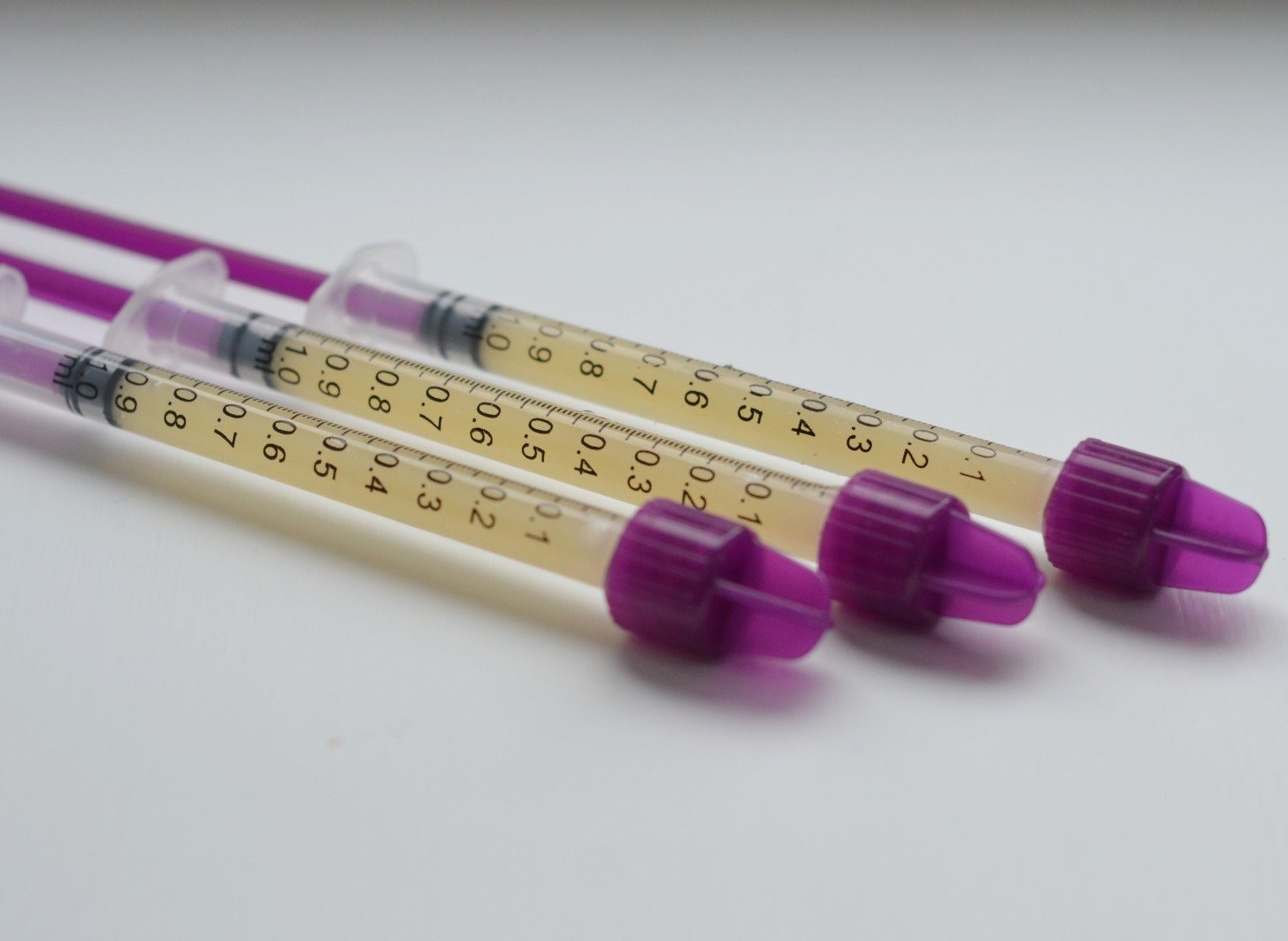

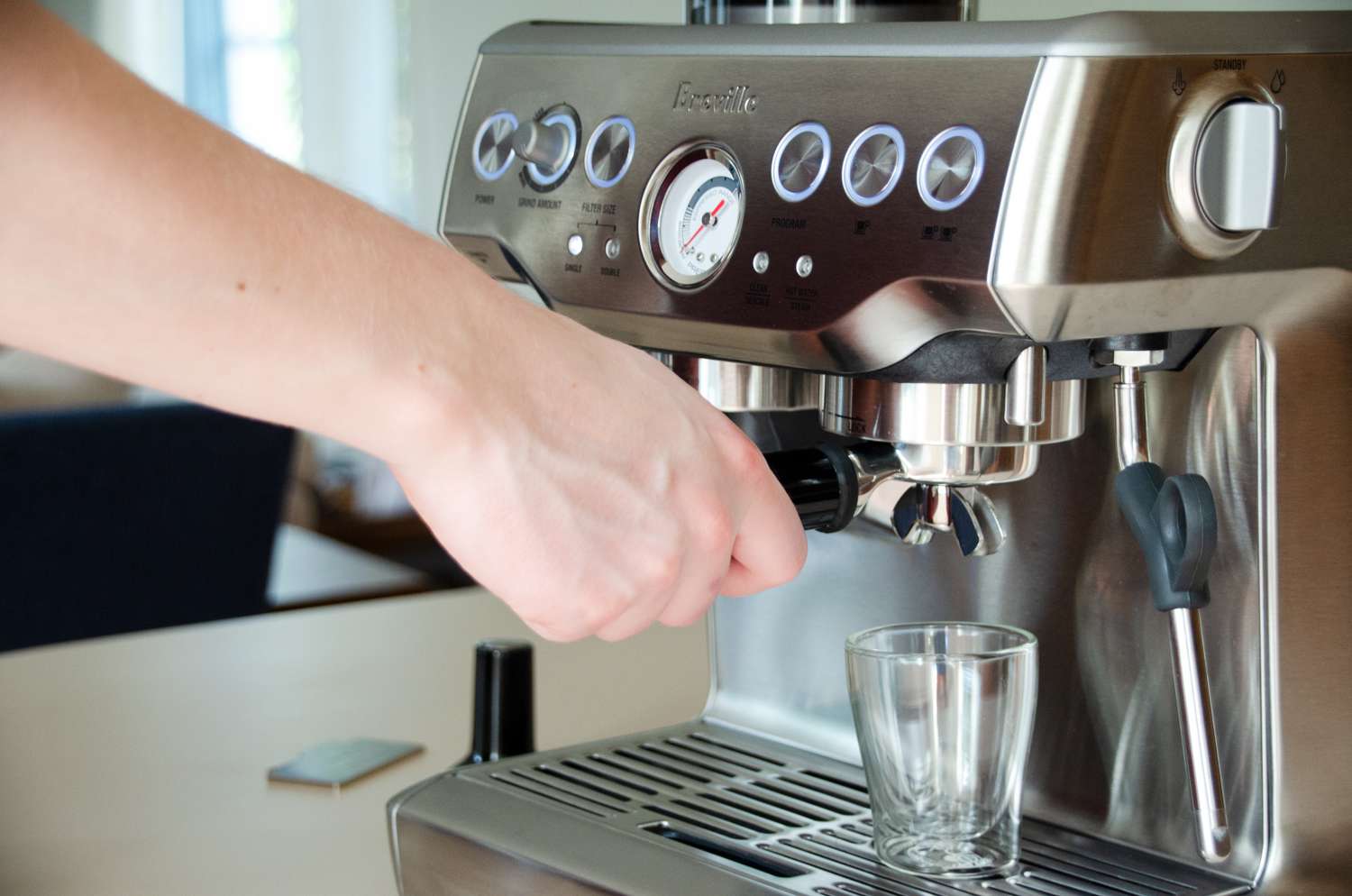
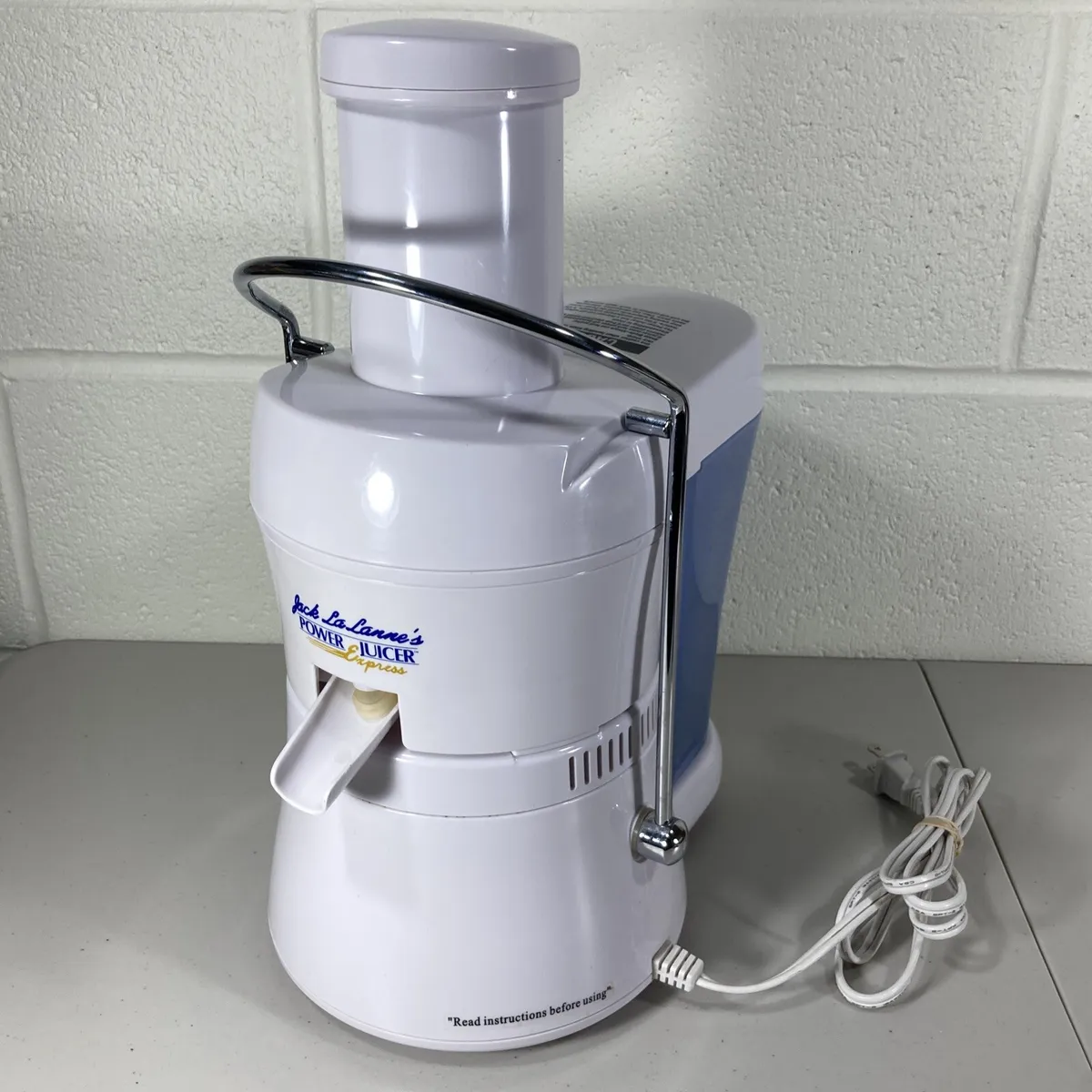
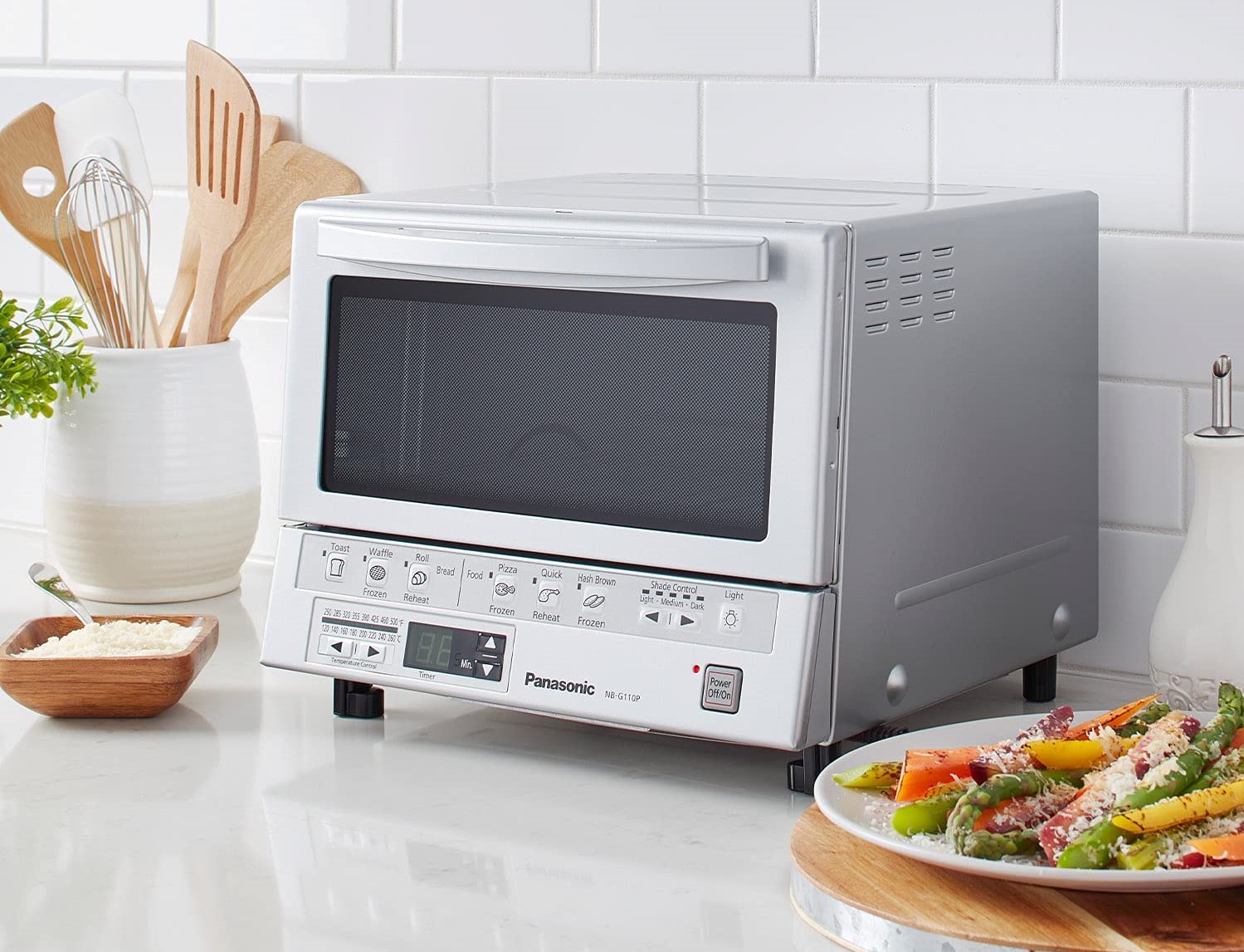
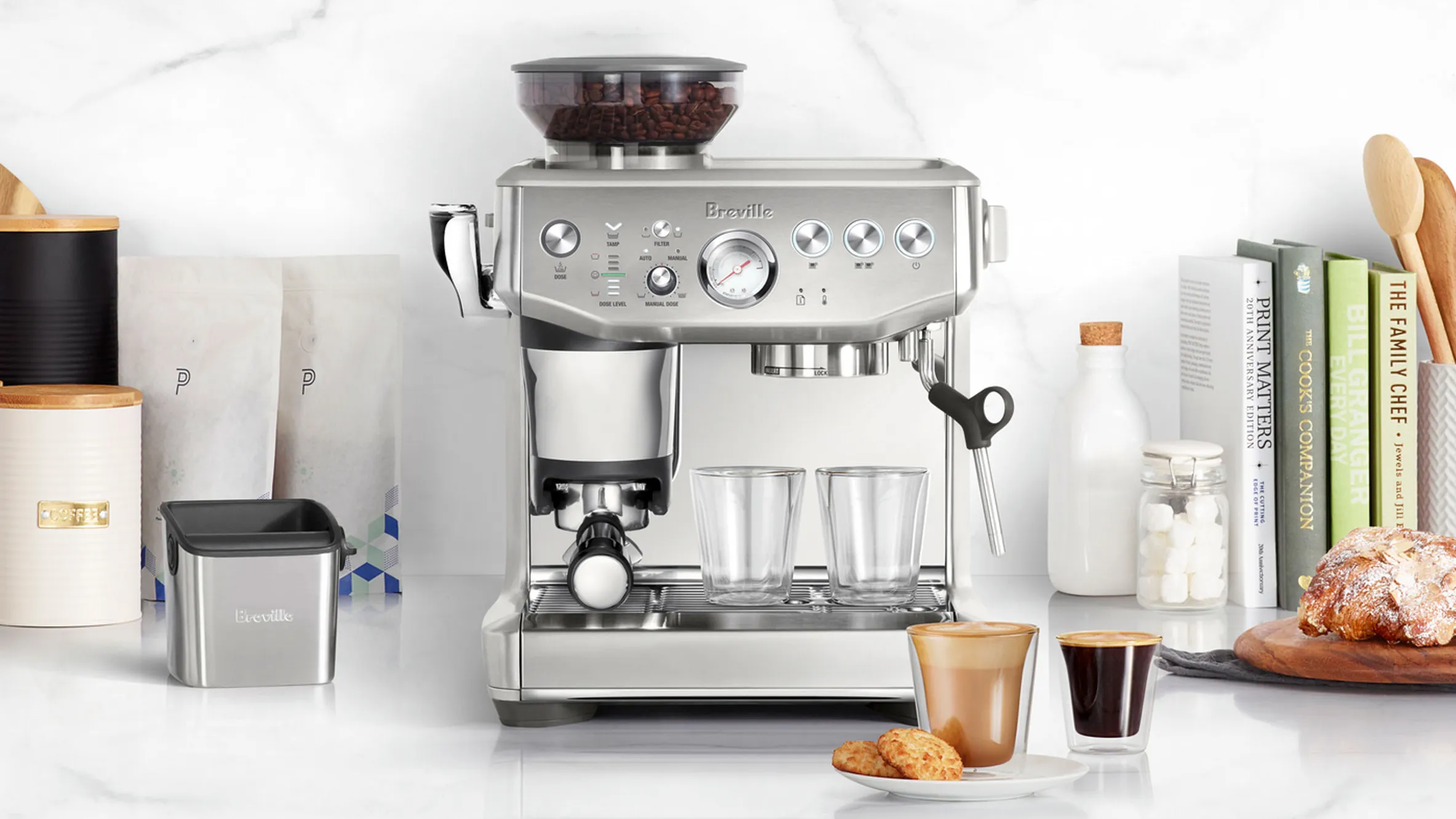

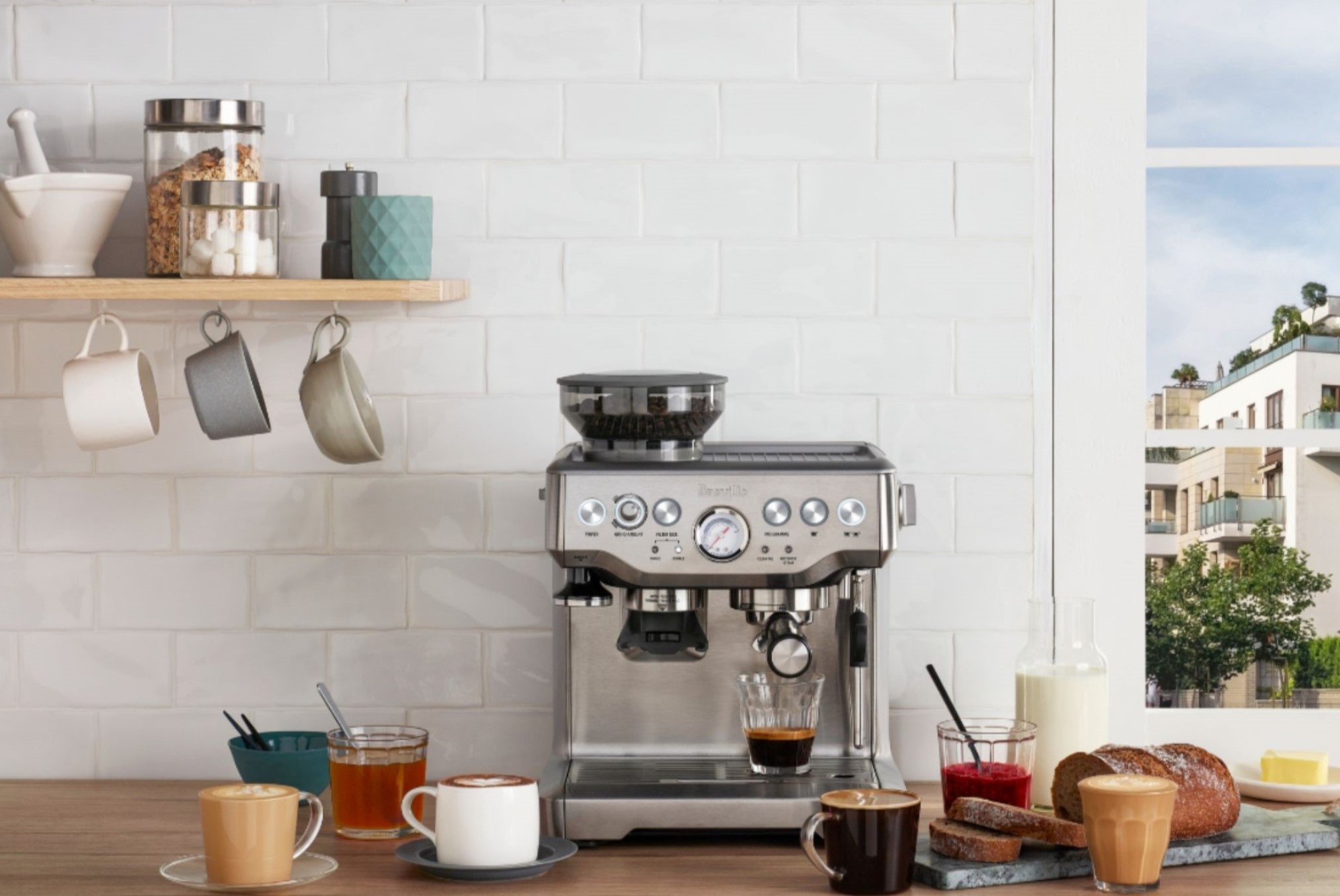



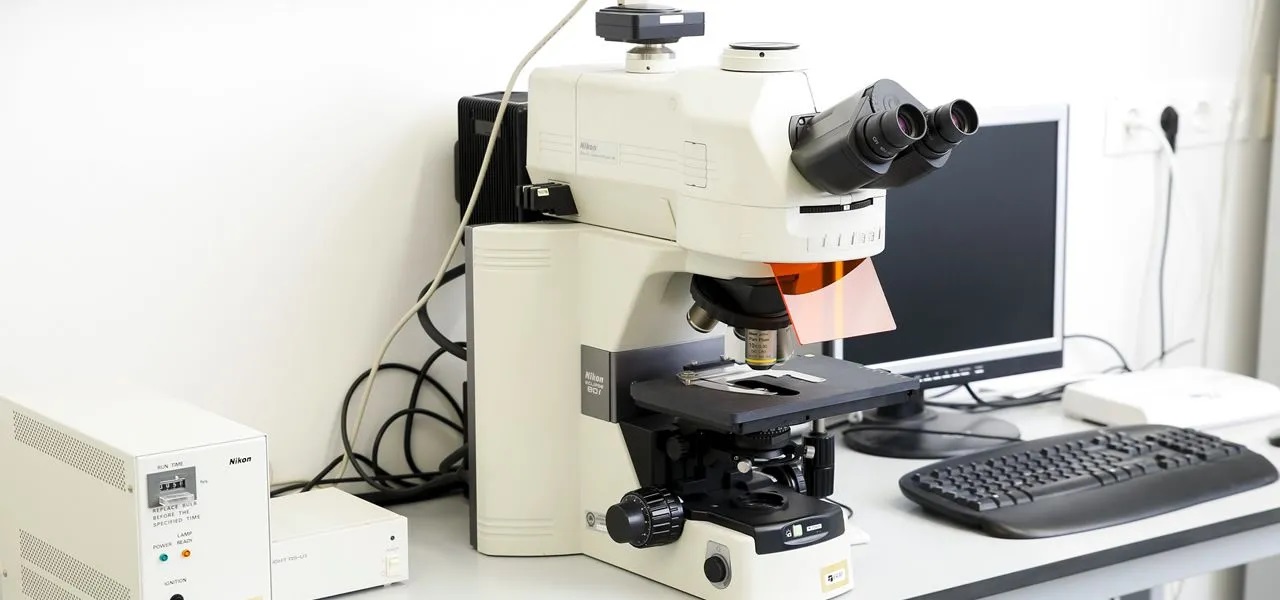


0 thoughts on “How To Store Expressed Colostrum”